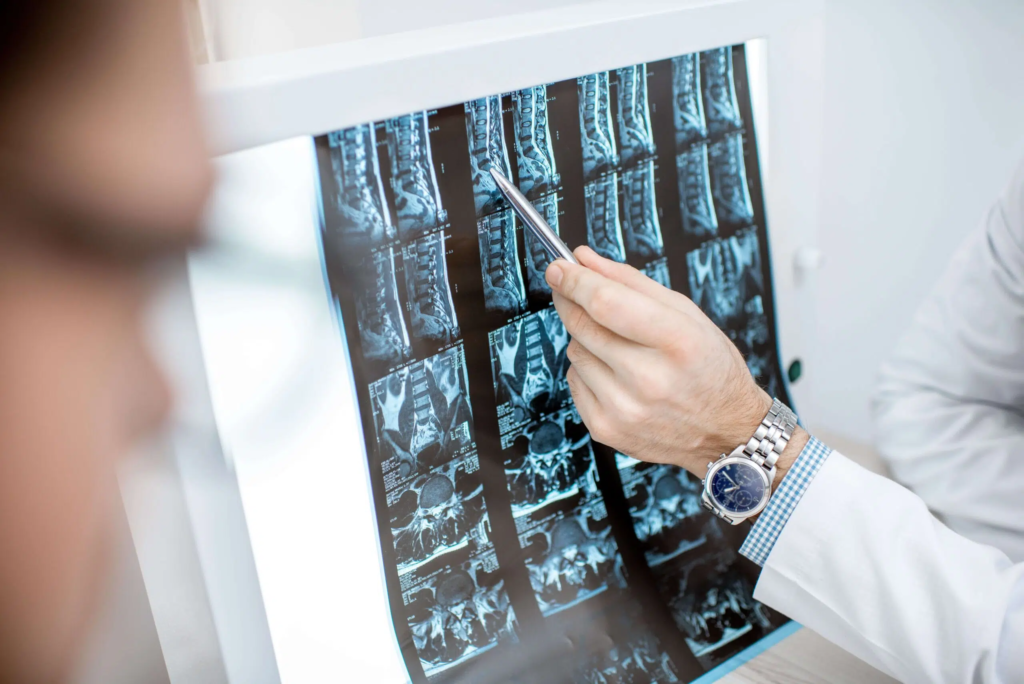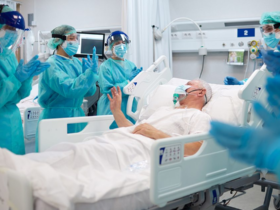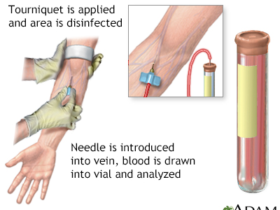Dextroscoliosis is a medical term that often causes confusion and concern among patients and their families. This condition, characterized by an abnormal lateral curvature of the spine to the right, can vary in severity and impact. Understanding dextroscoliosis involves delving into its causes, symptoms, diagnostic methods, treatment options, and the potential impact on a patient’s quality of life. This comprehensive guide aims to elucidate the complexities of dextroscoliosis, providing a clearer picture of what it entails and how it can be managed effectively.

What is Dextroscoliosis?
Dextroscoliosis refers to a specific type of scoliosis where the spine curves to the right side of the body. This curvature can occur in different spine regions but is most commonly found in the thoracic (mid-back) and lumbar (lower back) regions. The degree of curvature can range from mild to severe, and this classification significantly influences the management and treatment of the condition.
The spine’s natural structure includes gentle curves that help absorb stress from body movement and gravity. However, in dextroscoliosis, the spine deviates from its normal alignment, creating a noticeable sideways curve. This abnormal curvature can lead to a range of physical and sometimes neurological symptoms, depending on the severity and location of the curve.
Causes of Dextroscoliosis
The exact cause of dextroscoliosis is often challenging to pinpoint. In many cases, it is idiopathic, meaning that the precise origin of the condition is unknown. However, several factors may contribute to its development:
- Genetics: A family history of scoliosis increases the likelihood of developing dextroscoliosis, suggesting a hereditary component.
- Neuromuscular Conditions: Disorders like cerebral palsy or muscular dystrophy can lead to scoliosis due to uneven muscle strength and control.
- Congenital Factors: Some individuals are born with spinal abnormalities that predispose them to develop scoliosis.
- Injuries or Infections: Trauma or severe infections affecting the spine can result in structural changes leading to scoliosis.
- Degenerative Spinal Conditions: Conditions such as osteoporosis and degenerative disc disease can alter the spine’s alignment over time.
Symptoms and Complications
The symptoms of dextroscoliosis can vary widely based on the severity of the curve and its location. Mild cases may be asymptomatic or cause only minor discomfort, while more severe cases can lead to significant health issues. Common symptoms include:
- Visible Asymmetry: One shoulder or hip may appear higher than the other, or the ribs may protrude more on one side.
- Back Pain: Chronic pain is a frequent complaint, particularly in adults.
- Limited Mobility: Stiffness and reduced range of motion in the spine can affect daily activities.
- Neurological Symptoms: In severe cases, the curvature can impair spinal nerves, causing numbness, tingling, or weakness in the extremities.
- Breathing Difficulties: A significant thoracic curve can impact lung function, leading to shortness of breath.
If left untreated, dextroscoliosis can lead to complications such as chronic pain, cardiovascular issues, and reduced lung capacity. Psychological effects, including low self-esteem and body image concerns, are also common, particularly among adolescents.

Diagnosing Dextroscoliosis
Diagnosis typically begins with a physical examination, during which a healthcare provider looks for signs of asymmetry in the shoulders, hips, and rib cage. The Adams forward bend test is often used to make the curvature more apparent. Imaging tests are essential to confirm the diagnosis and assess the severity of the curve. These may include:
- X-rays: The primary tool for diagnosing and measuring the degree of spinal curvature.
- MRI or CT Scans: Used if concerns about spinal cord involvement or other underlying conditions exist.
- Bone Scans: Occasionally utilized to identify bone abnormalities or infections.
The Cobb angle, measured on an X-ray, is the standard method for quantifying the severity of scoliosis. A curve of less than 20 degrees is generally considered mild, 20-40 degrees moderate, and over 40 degrees severe.
Treatment Options
Treatment for dextroscoliosis depends on the severity of the curvature, the patient’s age, and whether the curve is progressing. The primary goals are to prevent further progression, reduce pain, and improve function and quality of life. Treatment options include.
- Observation: Regular monitoring may be sufficient in mild cases, especially in growing children. Periodic X-rays help track any progression of the curve.
- Bracing: For moderate curves in children and adolescents, wearing a brace can help prevent further curvature as they grow. Bracing is most effective when the patient is still growing and the curve is between 20 and 40 degrees.
- Physical Therapy: Exercises and stretches can improve muscle strength, flexibility, and posture, potentially alleviating pain and improving function.
- Medications: Pain relievers, including over-the-counter NSAIDs or prescription medications, can help manage discomfort.
- Surgical Intervention: Severe cases, particularly those over 40 degrees or causing significant symptoms, may require surgery. The most common procedure is spinal fusion, where metal rods, hooks, or screws are used to straighten and stabilize the spine.
Living with Dextroscoliosis
Living with dextroscoliosis can present challenges, but many individuals lead entire, active lives with appropriate management and support. Early diagnosis and treatment are crucial in preventing complications and improving outcomes. Patients are encouraged to maintain a healthy lifestyle, including regular exercise, which helps strengthen the muscles supporting the spine and improves overall well-being.
Education and awareness are also vital. Understanding the condition empowers patients and their families to make informed decisions about treatment and lifestyle adjustments. Support groups and counseling can provide emotional support and practical advice, particularly for adolescents who may struggle with body image issues.
Future Directions and Research
Research into scoliosis, including dextroscoliosis, is ongoing, intending to improve diagnostic methods, treatment options, and patient outcomes. Advances in genetic research may one day allow for the early identification of at-risk individuals, leading to preventative strategies. Additionally, improvements in surgical techniques and postoperative care continue to enhance the safety and efficacy of spinal surgeries.
Emerging therapies, such as growth modulation for children and less invasive surgical approaches, offer hope for more effective and less burdensome treatments. As our understanding of the condition deepens, the prospects for those with dextroscoliosis continue to improve.

Conclusion
Dextroscoliosis is a complex condition that requires a nuanced understanding and a tailored approach to treatment. While it can present significant challenges, particularly in severe cases, advances in medical science and supportive care provide numerous pathways to manage and mitigate its impact. Early detection, a comprehensive treatment plan, and a supportive network are vital to living well with dextroscoliosis. With continued research and innovation, the outlook for individuals with this condition remains optimistic.














Got a Questions?
Find us on Socials or Contact us and we’ll get back to you as soon as possible.